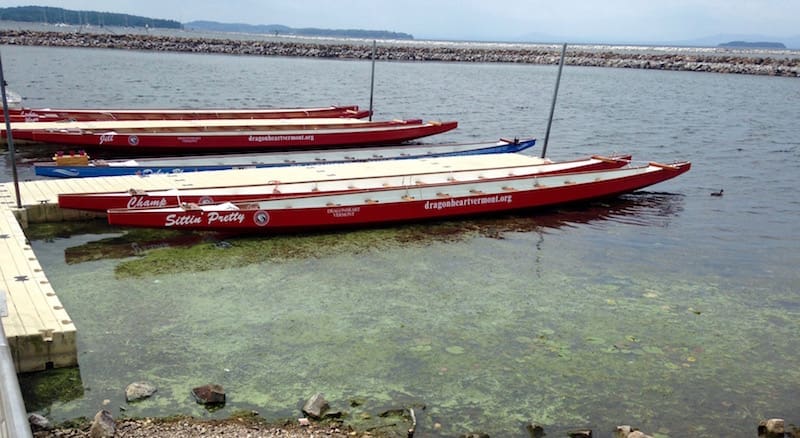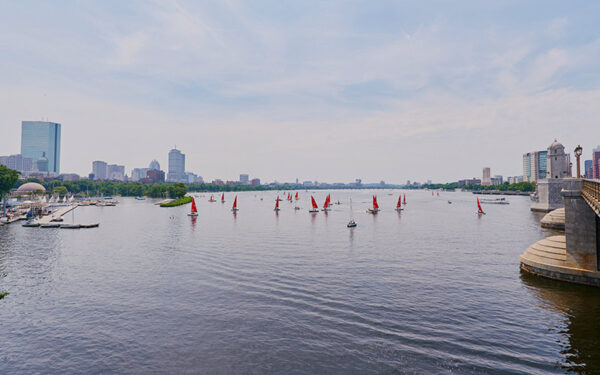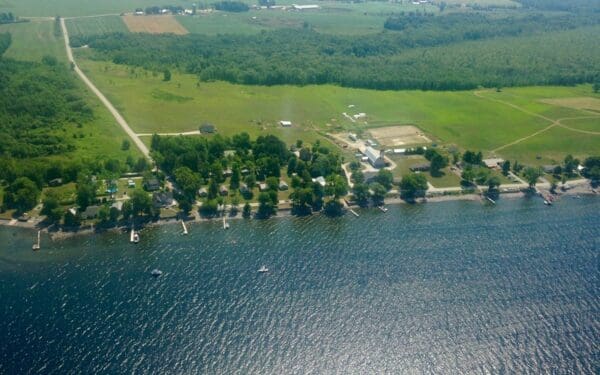
Toxic algae blooms plague Lake Champlain and other waters – we need the state to commit the funds to clean up our waters for good.
Many of Vermont’s beautiful streams, rivers, and lakes are not healthy.
This time of year, melting snow and rain carry pollution like chemicals, oils, salts, nutrients, and animal waste into our waterways, wreaking havoc on the health of our lakes and ponds. Over the summer, we will once again face toxic blue-green algae (cyanobacteria) outbreaks. These outbreaks can make humans and animals sick and can harm the liver and nervous system. They threaten public health and harm Vermont’s $2.5 billion tourism industry.
Clean water is a right, but we won’t have clean water without long-term investment in this shared resource. We are more than halfway through this legislative session, and there is still no clear path for funding. Our legislature has promised to fund clean water initiatives for years, yet they have kicked the funding can down the road again and again.
Our waters – and our health and economy – can’t wait. Vermont legislators need to act, now.
Senate Bill Creates Framework for Spending Money But Does Not Deliver the Money
To protect the health of our communities and economy – and the recreational opportunities so many Vermonters and visitors enjoy – the State must invest in clean water. Earlier this year, Governor Scott proposed using approximately $8 million of revenue from the estate tax. However, this proposal falls short of the amount needed to clean up our waters. What’s more, it relies on existing revenues necessary for other essential state programs.
The Legislature has yet to put forth a serious plan to raise the necessary revenue. The Senate passed its clean water bill, S. 96, with a stated commitment to raising funding, but without any new revenue to protect and restore our waterways. S. 96 creates an important framework to distribute funds and implement projects on the ground with transparency and accountability. But, critically, it does not deliver the money. We are now counting on the House to develop and pass a funding proposal that will also be acceptable to the Senate.
We Already Know How Much Funding We Need
The State has jumpstarted clean water investment mainly through general obligation bonds through the capital bill and some additional revenue from the property transfer tax and unclaimed bottle deposits. However, with competing priorities for capital bill dollars, it is time for the legislature to establish new, dedicated funding for clean water. Without long-term funds, projects to restore wetlands, retrofit roads, and implement best management practices on farms are in jeopardy. If we do not invest now, costs will only increase over time.
There is no excuse for further delay. More than two years ago, Treasurer Beth Pearce released a comprehensive report that evaluated potential funding and financing strategies for clean water. The Treasurer put funding needs at an estimated $115 million per year. While some of these costs are covered with federal funds and a portion will fall to businesses, towns, and cities, we know the health of our rivers and lakes depends on stable state investment.
No More Broken Promises – The Legislature Needs to Act Now
We have all of the information we need to act.
It’s time for the House and Senate to get serious about meeting our clean water obligations and work together to find a solution. The Legislature must raise a minimum initial investment of $25 million per year beyond current funding for clean water. This level of investment is a necessary step toward meeting our legal obligations to the Environmental Protection Agency to clean up polluted waters and to safeguard our high-quality rivers and lakes.
We ask the State to commit to restoring Lake Champlain, Lake Memphremagog, and the Connecticut River without losing sight of the pockets of pristine water across Vermont that also need protection. A failure to act this year represents a broken promise to Vermont communities who believe we are all in on clean water.
We’re ready to work with legislators to make this promise to Vermonters a reality. It’s time to stop kicking the can down the road on funding so we can get to work implementing projects across the state to restore and protect our waters for this and future generations.



